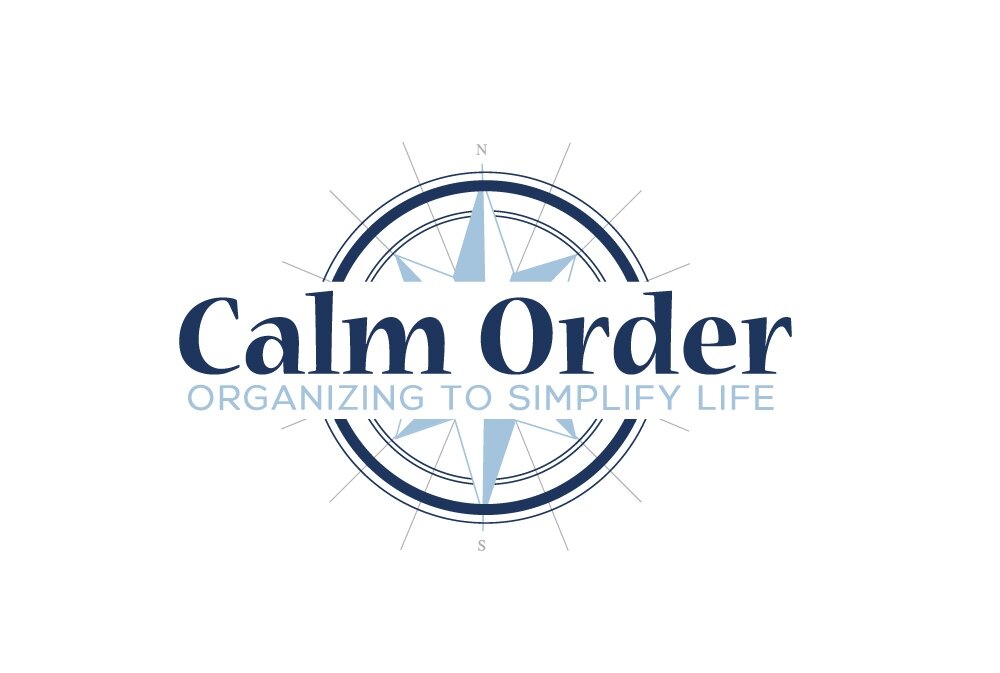With the warm weather approaching, many people are anxious to get to work on their yards – but before any work can be done, it’s important to make sure all of your tools and supplies are organized!
First of all, it’s necessary to clean out your shed and take stock of all the items you already have. Decluttering is important to every organization process, and for garden or backyard sheds, it is even more important as people tend to store more items than they have room for. Make sure you have no duplicates of items, and remove old tools that are worn or no longer. This is also a good time to remove any items that you shouldn’t store in a shed, like paint, which can be affected by the heat, and paper and food products, which can attract bugs and wildlife. Items that are in good working order should be separated in a pile from items that no longer work or you do not need. You can further sort through your items by determining what tools and objects make sense to store in that location. Typically, sheds are kept near gardens or in backyards, so only keep the items that you would use in that space. Other items may make more sense to store in a garage or a basement, depending on how you use them.
Once you’ve sorted through your items, it’s time to figure out how much space you actually have to work with. Sheds are usually small, cramped, and lack proper lighting, so it’s important to plan out your storage in a way that makes best use of your available space. Organize your shed in order of priority, by placing the more often used items near the front and at eye level, and less often used items or bulkier pieces towards the back of your shed or on higher and lower shelves.
Peg boards make great use of wall space, and allow you to change or adapt your storage as necessary if you get new items or tools, or have to make changes to your space. With a peg board, you can add hooks for small tools or larger items like brooms and shovels. You can also attach shelves for larger items like pails, bins, and pots, and hanging baskets can be used to store smaller items like seeds, garden gloves, and small tools.
Magnetic strips can be attached to the wall and used to store small metal tools like hand rakes, screwdrivers, and trowels. Storing your items this way makes them easier to access and take out of the shed when you need them. Make sure that the magnet is strong and long enough to hold your items.
The shed door can provide a lot of extra storage space, especially for smaller and lightweight options. Small hanging baskets, or small hangers and hooks, can store regularly used items like gloves, hats, seeds, and twine. When adding door storage, make sure that it is not too bulky and won’t knock over items on the door or in the shed when the door is opened.
Overhead shelves can also provide a lot of storage, but because they are so high up, they should only be used to store larger items, or items that you don’t need to access very often. Open shelves or small cupboards are the best methods of storing items in this space.
When adding in cupboards and shelves, use open access or clear plastic storage units so it is easy to see and access the items that are stored there. Lighting is not always good in these places, so providing an easier way of looking into cupboards and shelves will save you time looking for the items you need.
Finally, when storing fertilizers and chemicals, make sure you store them safely, out of direct sunlight, and in an area that is not easily accessible. Fertilizers and chemicals should be kept in one area, or stored together on a shelf or cupboard, in an area where they are not easy to get to, and not likely to be knocked over.











